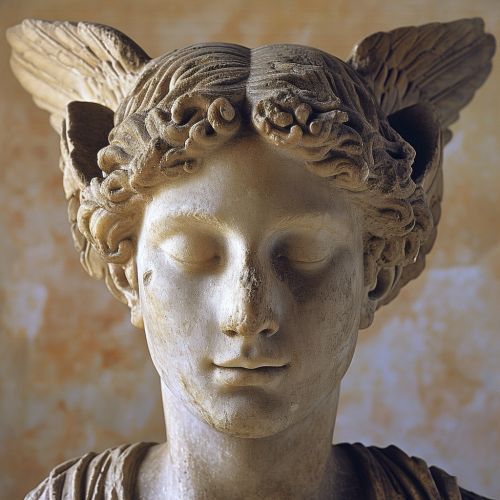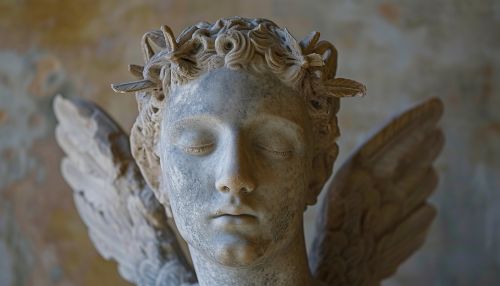Hypnos
Origins and Mythology
In Greek mythology, Hypnos is the personification of sleep. He is the son of Nyx, the goddess of the night, and Erebus, the god of darkness.


Hypnos has a twin brother, Thanatos, who is the personification of death. Hypnos and Thanatos are often depicted together, symbolizing the close relationship between sleep and death in ancient Greek thought.
Hypnos resides in the underworld, in a cave by the river Lethe, the river of forgetfulness and oblivion. The cave is filled with poppy seeds and other sleep-inducing plants, and the entrance is obscured by dark clouds, a metaphor for the dreamy state of sleep.
Powers and Symbols
Hypnos has the power to put both mortals and gods to sleep. He can send dreams and visions to those who are sleeping, and he has the ability to shape these dreams. Hypnos is often depicted with wings, a symbol of his swift and silent approach. He is also often shown holding a horn filled with sleep-inducing opium.
Role in Greek Literature and Culture
Hypnos plays a significant role in several ancient Greek myths and epic poems. In Homer's Iliad, Hypnos is called upon by Hera to put Zeus to sleep so that she can aid the Greeks in the Trojan War without Zeus's interference. In Ovid's Metamorphoses, Hypnos is portrayed as a gentle and benevolent god, who helps mortals and gods alike to find rest and respite from their troubles.
In ancient Greek culture, Hypnos was often invoked for protection and healing. Sleep was considered a time of rejuvenation and renewal, and Hypnos was seen as a benefactor who could provide relief from pain and suffering.
Influence on Modern Culture
The influence of Hypnos extends into modern times. The term "hypnosis", derived from his name, refers to a state of human consciousness involving focused attention and reduced peripheral awareness, often used in therapy to create a state of relaxation and suggestibility. The symbol of Hypnos, a winged figure, is often used in art and literature to represent sleep or dreams.
